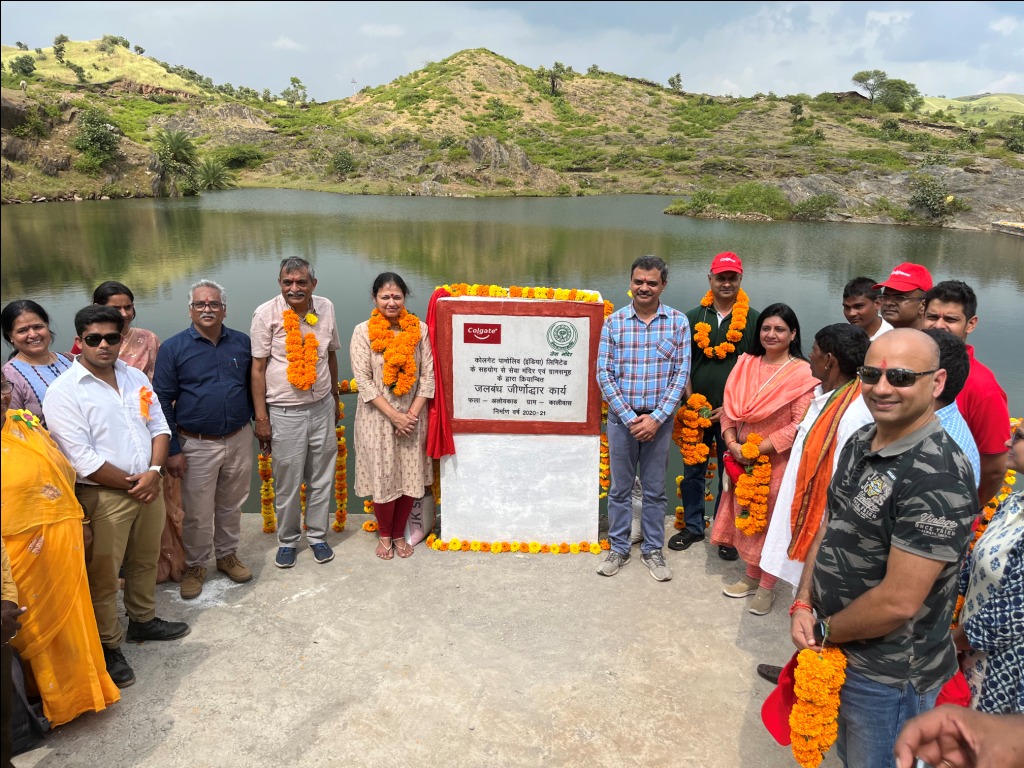The Role of Efficient Water Management in Farming for Sustainable Development
Regards,
Related Articles
केरल की साक्षरता भी नहीं रोक पाई किसानों की आत्महत्याएं
देशभर में केरल को शिक्षा, विकास और मानव संसाधन का मॉडल माना जाता है, लेकिन आरटीआई में मिली जानकारी से एक चौंकाने वाली हकीकत...
How access to clean water will reduce drastically by 2030 and why our approach to water needs must change
By 2030, nearly 40% of Indian cities could run out of drinking water. It’s not a distant worry- it’s already happening. If you’ve lived...
Maharashtra Shocking Farmer Suicide Data Revealed: तीन महीने में 767 किसान आत्महत्या, मौत के आकड़ों का क्या है समाधान?
यवतमाल, अमरावती, अकोला में सबसे ज्यादा मौतें, मगर समाधान कब?
Maharashtra Shocking Farmer Suicide Data Revealed: महाराष्ट्र सरकार ने विधान परिषद (Maharashtra Monsoon Session 2025)...


